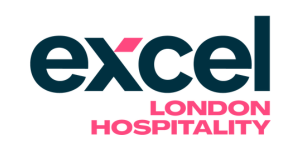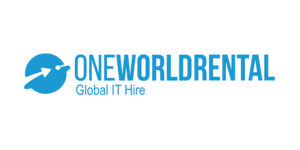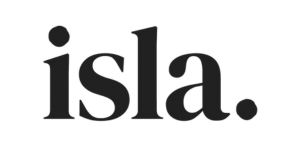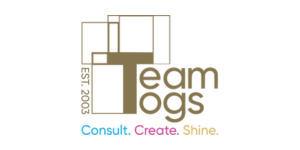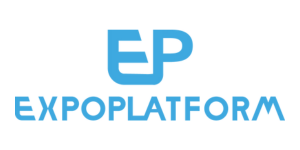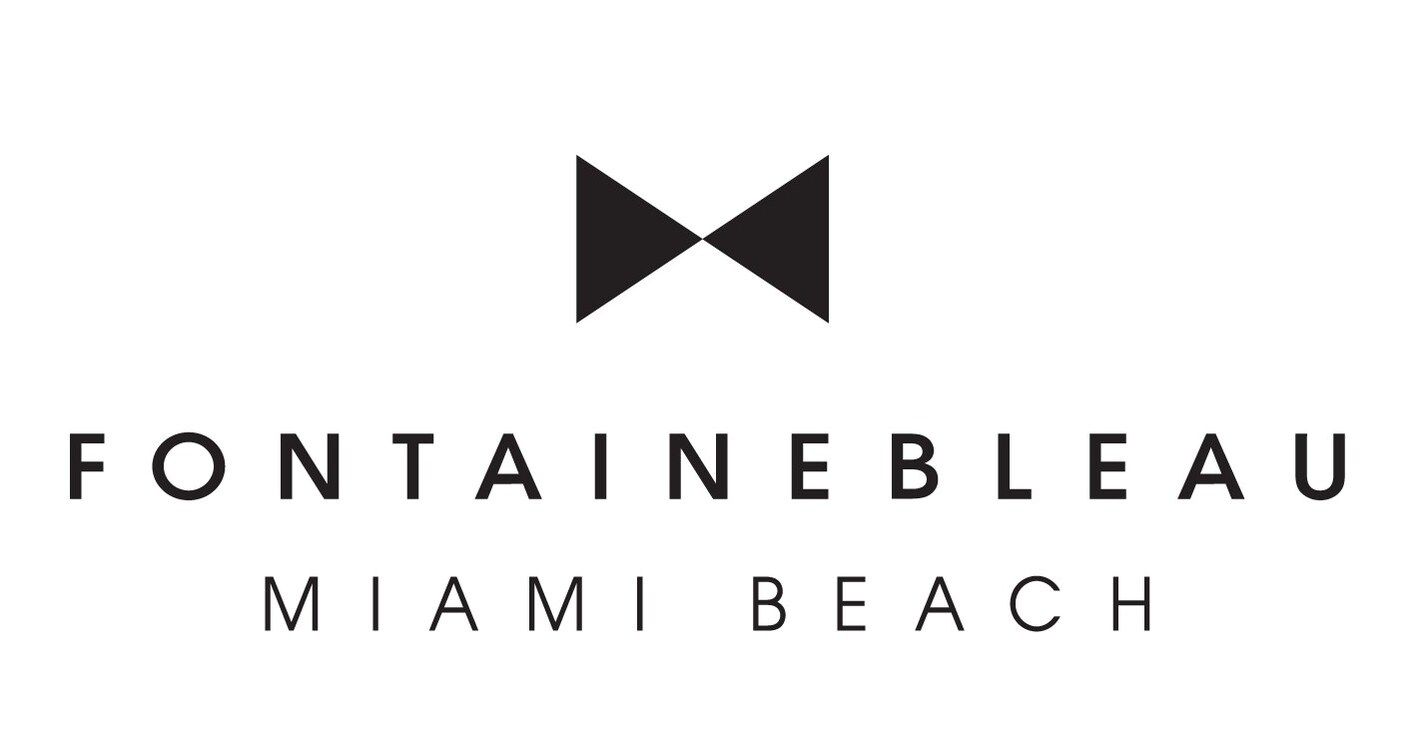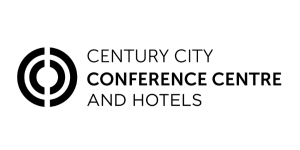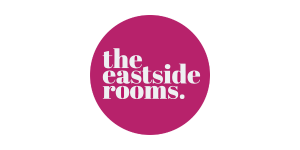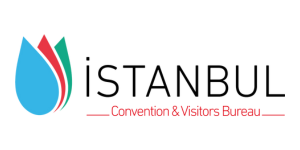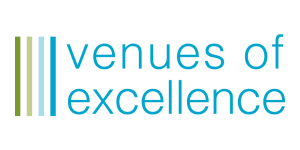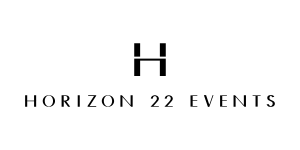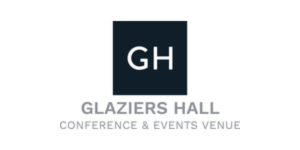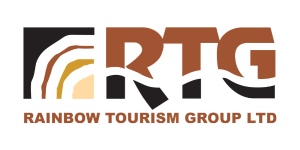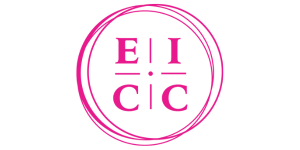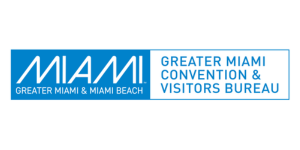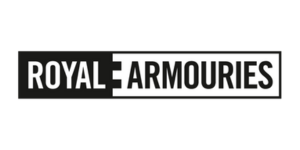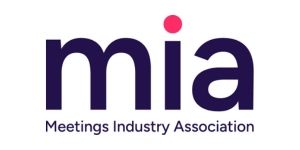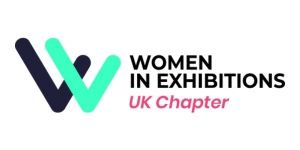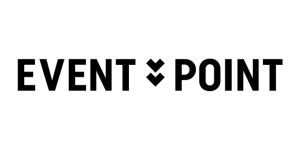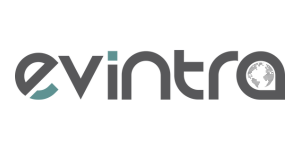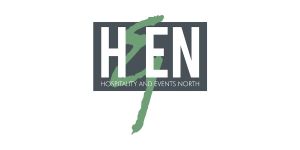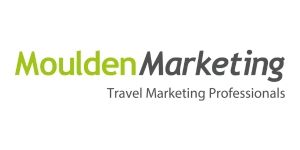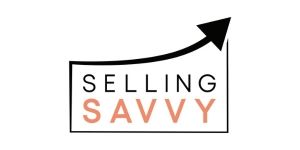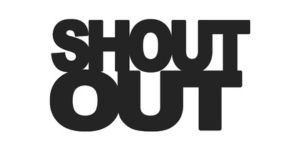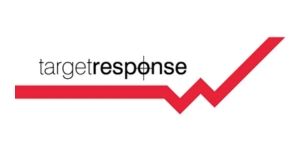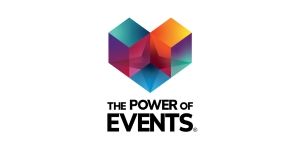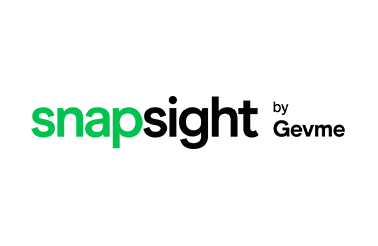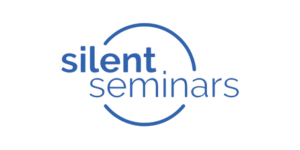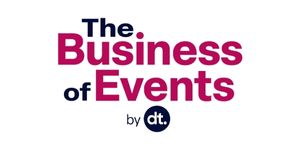It’s all about the follow up
With this year’s show now just a matter of weeks away, we turn our attention to the all-important post-show follow up, which for exhibitors, is the most crucial activity to get right.
When you’ve gone to all the time and effort of designing a great stand, filling your appointment diary, amplifying your presence on social media and preparing your sales team for The Meetings Show, you want to make sure you get the most out of that investment. And the best way to do that is to ensure you follow up with potential leads and new contacts effectively after the event.
In this month’s Show Pro feature, Paul Martins, new business development manager at Make Venues (Broadway House & Engineers’ House) who is also vice-chair of the Westminster Venue Collection, and Kate Plowright, founder and MD at Selling Savvy, share their expertise and top tips on how to do just that.
Martins estimates that only 10% or less of business is secured during the show, which is why follow ups are so important. “With so many stands and suppliers for clients to meet and consider, it’s highly unlikely you’ll generate an enquiry, be able to quote with availability and secure it at the show there and then, unless you’ve had previous contact with a client and arranged to meet them there. You may get a verbal promise, but you’ll still have to get the paperwork arranged to contract so it’s best to focus on the follow-up overall.”
Start prepping now (if you haven’t already)
In the same way that you need to put the time into preparing your pre-show activity, you should also plan your follow up approach. “From a timeframe perspective, it shouldn’t be just tagged on the end. You need to think about the follow up in the days and weeks leading up to the show and during the event,” explains Plowright.
“Make sure you capture all the conversations you have had with people during the show, feed that into your CRM system, and have that information easily accessible when following up. Follow ups can be time consuming, but it’s worth doing properly because most of your sales will come from the follow up.”
Martins adds: “Scan the greatest volume of buyers you can at the show to give yourself the largest pool possible to then follow up with, which in turn gives you the best chance of returns. Even if buyers haven’t got requirements or those to match your venue at the time, doesn’t mean they or their colleagues won’t ever have.”
It’s all about the timing
Getting the timing right is essential. If you follow up too quickly after the show, when potential clients have barely had a chance to catch their breath, it could get lost, or worse come across as too aggressive or a nuisance. But leave it too long, and that won’t come across well either.
Plowright recommends following up within 10 days of the show. “I think somewhere between five to ten days is ideal, as it gives people time to get back on top of everything after being out of the office and gives you time to go through all the information you captured, so your email arrives in their inbox while the show is still fresh in their mind.”
Martins agrees, adding: “Don’t leave it too late when buyers have forgotten about the exhibition as it makes you look like your meeting didn’t matter and gives the impression you might be the same with proposals for enquiries. Don’t pretend it’s not a priority to follow up or forget to do it. Even when busy or if under-staffed, you need to make time for it even if you delegate across your colleagues.”
Prioritise and tailor your approach
Prioritise the potential enquiries first, ideally with a call to recap on discussions and give a personal approach so that you don’t miss the window in which a buyer makes a decision.
“For hot leads, propose follow-up meetings and solutions soonest, ideally at the venue first-hand, so buyers can feel the kind of experience their delegates would have,” says Martins.
“More casual conversations require further qualification with open questions to understand what, when and why they might have events in future. A suggestion of how your venue has hosted case study events for clients in their same industry sector could inspire and create a requirement too. If they aren’t planning ahead just now, ask them what, when and why they organised events in the past – this can indicate a time of year and a profile of what might happen again so you can be timely in your next contact and match their requirements with a tailored solution.”
When sending emails, avoid impersonalised blanket follow ups, sending too much information and large attachments, advises Plowright. She recommends communications are personal but consultative, with just one call to action, such as an invite to come and view the venue. “Unless they have specifically asked for capacities or a brochure, don’t send it.”
Martins believes that, ideally, every follow up should be personalised. “Even if just addressing a buyer’s name if you really want to get maximum engagement. A generic email without any personalisation at all is more likely to be ignored or dismissed as it will seem the sender doesn’t care about that contact specifically.”
To call or not to call?
When choosing how to follow up – it comes down to personal choice. Plowright suggests its best to start with an email rather than phoning out of the blue, which some buyers might not welcome. But Martins suggests that a phone call in the following days might put you ahead of the competition, even if you leave a voicemail initially and then follow up with an email.
“If someone’s willing to speak with you, you’re more likely to trust hearing what they’re saying and buy into working with them. As an experience-led industry, how you make people feel is key. That starts with the senses which means that the sound of a friendly voice on a phone call supports the sight of visuals on a video or photos in a follow-up email,” he says.
Don’t forget social media, particularly LinkedIn, is another great channel for relationship building with buyers you met at the show. Plowright advises sending a LinkedIn request to everyone you have met along with a personal note.
“LinkedIn gives an insight to a buyer’s professional and company experience which allows you to build rapport on a more personal level such as through congratulating them on winning awards for example or anything similar in understanding their business. This along with recalling the faces for the names who you met amongst so many other contacts at the exhibition,” adds Martins.
If at first you don’t succeed, don’t give up…
So, what happens when you’ve spent time on getting the wording just right in your follow up email, or left a timely and polite voicemail, and get no response? How soon should you follow up a second, third or even fourth time?
“For qualified contacts, call or email again after a few days and be transparent, explain why you’ve called and ask when a better time might be to speak, meet or visit. This call to action usually prompts and requires a response. You can be politely tenacious and will attract admiration for it, creating opportunities where others may have given up,” suggests Martins.
Plowright agrees, adding that if they haven’t specifically said no, then it’s still an open lead. “Obviously don’t phone every two days, but you could try alternating between email and phone, and as more time passes after the show, leave longer gaps in between your follow ups. You might finally hear back from someone after a month or two, or even up to a year later.”



